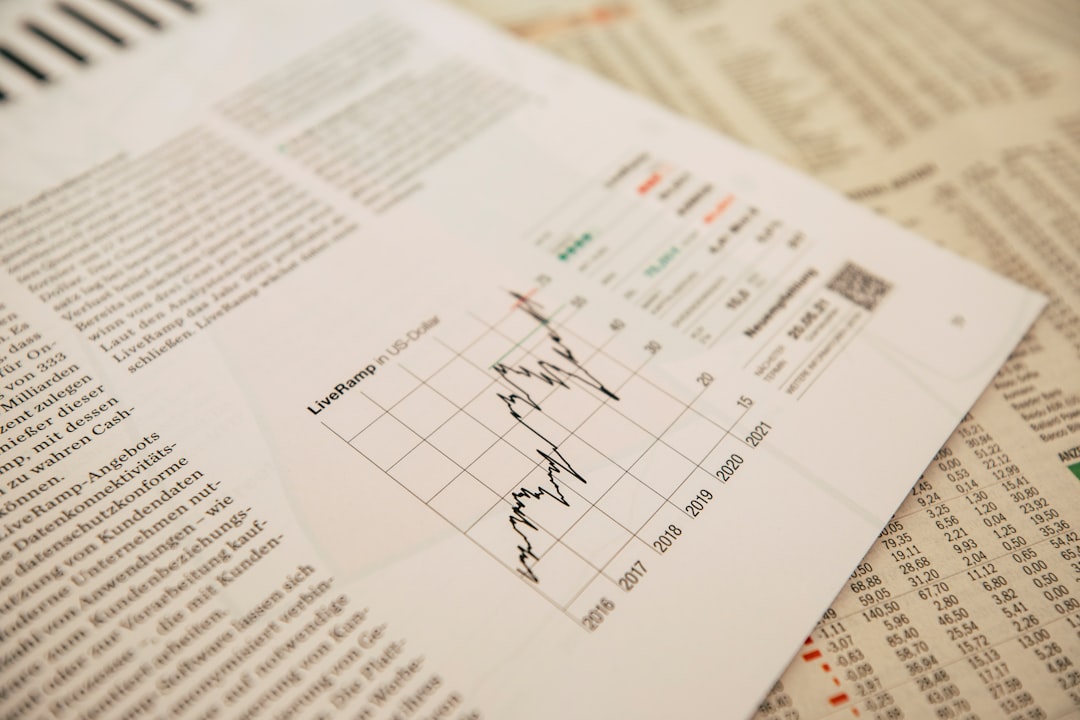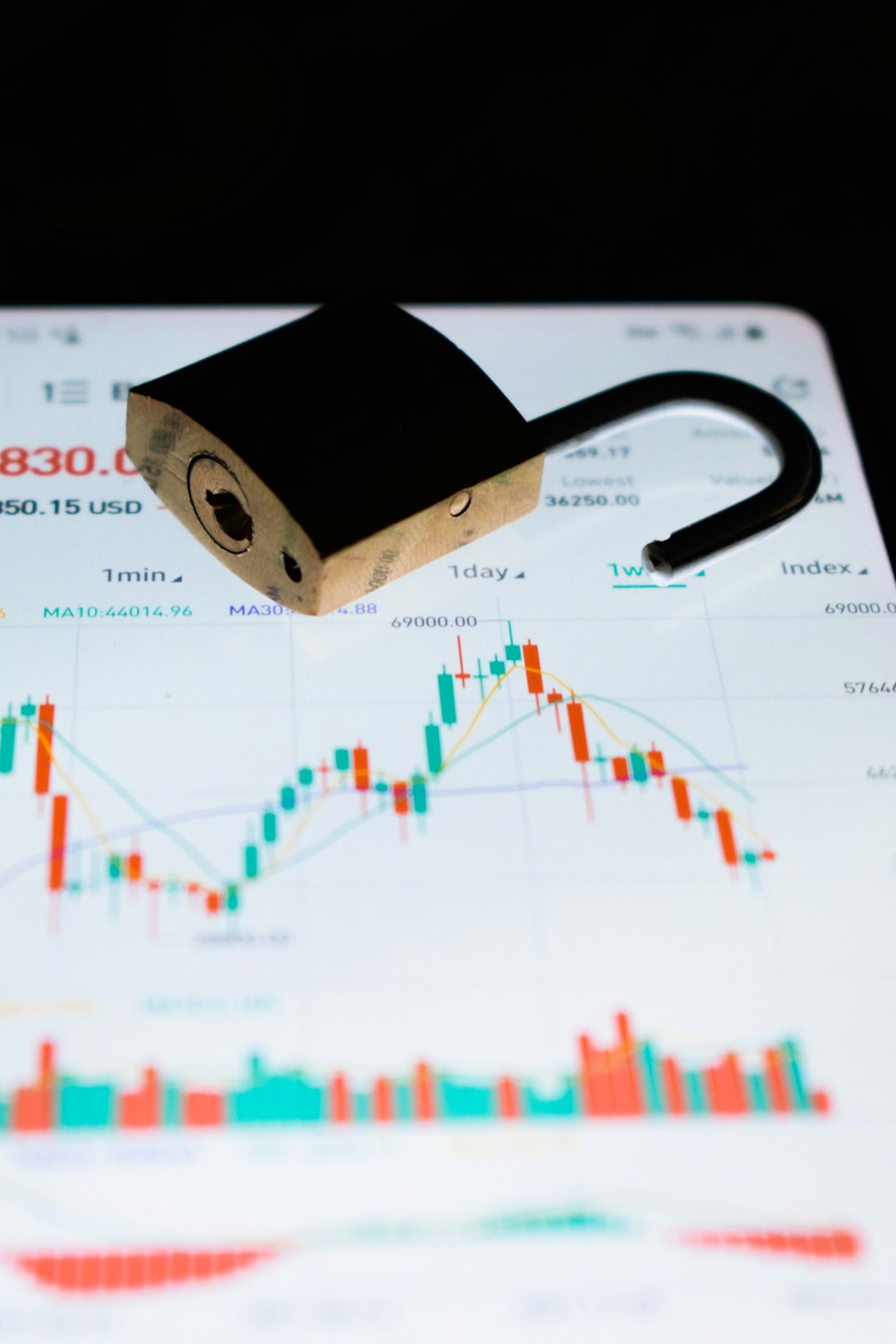In the world of technical analysis and trading, identifying market direction and potential reversals is essential. One effective method some traders use is called SMT Divergence, which stands for Smart Money Technique Divergence. It is a concept that helps traders interpret price displacement inconsistencies among correlated assets or markets to determine hidden strength or weakness. Although it may sound complex, SMT Divergence is a strategy based on observational comparison and can be applied across various financial instruments, including indices, forex pairs, and commodities.
What Is SMT Divergence?
SMT Divergence occurs when two or more strongly correlated securities behave differently in similar market conditions. In essence, if these assets usually move together, a divergence between their movements can signal that something unusual is happening — and this discrepancy can provide early trading signals before mainstream indicators confirm the move.
For example, suppose the S&P 500 and the Nasdaq are typically correlated, meaning that when one rises or falls, the other does too. If the Nasdaq hits a new high but the S&P fails to do so, this might indicate a potential weakness and foreshadow a coming reversal.

Traders often use SMT Divergence in conjunction with other tools or frameworks such as ICT (Inner Circle Trader) concepts, order blocks, and liquidity grabs to build a more robust strategy. It’s popular among traders who follow “smart money” — institutional-level movements as cues for market direction.
Understanding Bullish and Bearish SMT Divergences
There are two primary types of SMT Divergence:
- Bullish SMT Divergence: Occurs when one market makes a lower low, while a correlated market does not. This shows that the selling pressure may be weakening, presenting a possible buying opportunity.
- Bearish SMT Divergence: Happens when one correlated market makes a higher high, but another fails to match it. This indicates potential buying exhaustion and a possible reversal to the downside.
These divergences encourage traders to examine price action more critically, especially when planning reversals or counter-trend strategies. They can appear more frequently in highly liquid and regular trading hours.
How to Use SMT Divergence in Your Trading
Implementing SMT Divergence in a trading strategy typically follows several common steps:
- Identify correlated markets: Choose assets that usually have a strong correlation. Popular pairs include S&P 500 and Nasdaq, Gold and Silver, or EUR/USD and GBP/USD.
- Compare highs and lows: Look at swings — for example, higher highs and lower lows — across the correlated instruments.
- Contextual confirmation: Use other supporting concepts like liquidity zones, support/resistance levels, or institutional order blocks to confirm potential entries.

For example, if the Nasdaq makes a new high while the S&P 500 does not, and the price is hovering near a known liquidity level, a trader might look for confirmation like a candlestick reversal pattern before entering a short position.
Benefits and Limitations
SMT Divergence is useful because it often provides early warning signals ahead of traditional indicators. It places emphasis on price action and relative comparison, which many traders believe better reflects market sentiment than lagging indicators.
However, not all divergences result in reversals. False signals are common, particularly during strong trending markets or low-volume periods. Therefore, successful use of SMT Divergence typically requires a strong foundation in price action theory and proper risk management techniques.
FAQ
-
Q: What does SMT stand for in SMT Divergence?
A: SMT stands for Smart Money Technique, which emphasizes institutional behavior and market inefficiencies. -
Q: What assets can SMT Divergence be applied to?
A: It can be used with any correlated assets — common pairs include S&P 500 and Nasdaq, Gold and Silver, or EUR/USD and GBP/USD. -
Q: Is SMT Divergence only for advanced traders?
A: While it may be more effective when combined with other advanced tools, even beginner traders can benefit by learning price relationships and divergences between markets. -
Q: Can SMT Divergence be automated?
A: In theory, yes — but due to the visual and interpretative nature of divergence detection, manual analysis is still preferred by many traders. -
Q: How reliable is SMT Divergence?
A: Like all trading tools, it is not 100% reliable. It should be used as part of a broader trading plan with other confirmations and appropriate risk management.



